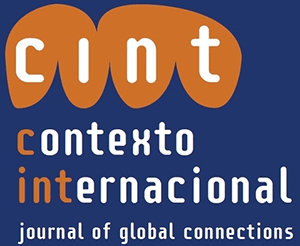Abstract
The 1998 Brasilia Peace Agreement ended a territorial dispute between Ecuador and Peru that, due to the size and location of the contested area, had remained a source of regional instability and continental tensions for decades. This paper examines the circumstances that finally allowed negotiations, beginning in 1995, to overcome an almost two-centuries-old conflict, long after almost all territorial disputes in South America had been laid to rest. It will focus in particular on the diplomatic endeavours by the guarantor countries of the 1942 Rio de Janeiro Protocol, which involved a unique set of negotiations, and the setting up of the first effective multilateral peace operation in South America. It also suggests that the peace agreement benefited from the dynamics of economic integration underway since the 1980s. Finally, it considers the implications for regional security arrangements, as well as Brazil’s leadership credentials in South America.
Key words
Dispute Settlement; Land Dispute; Integration; Peace Mission; Peru; Ecuador
